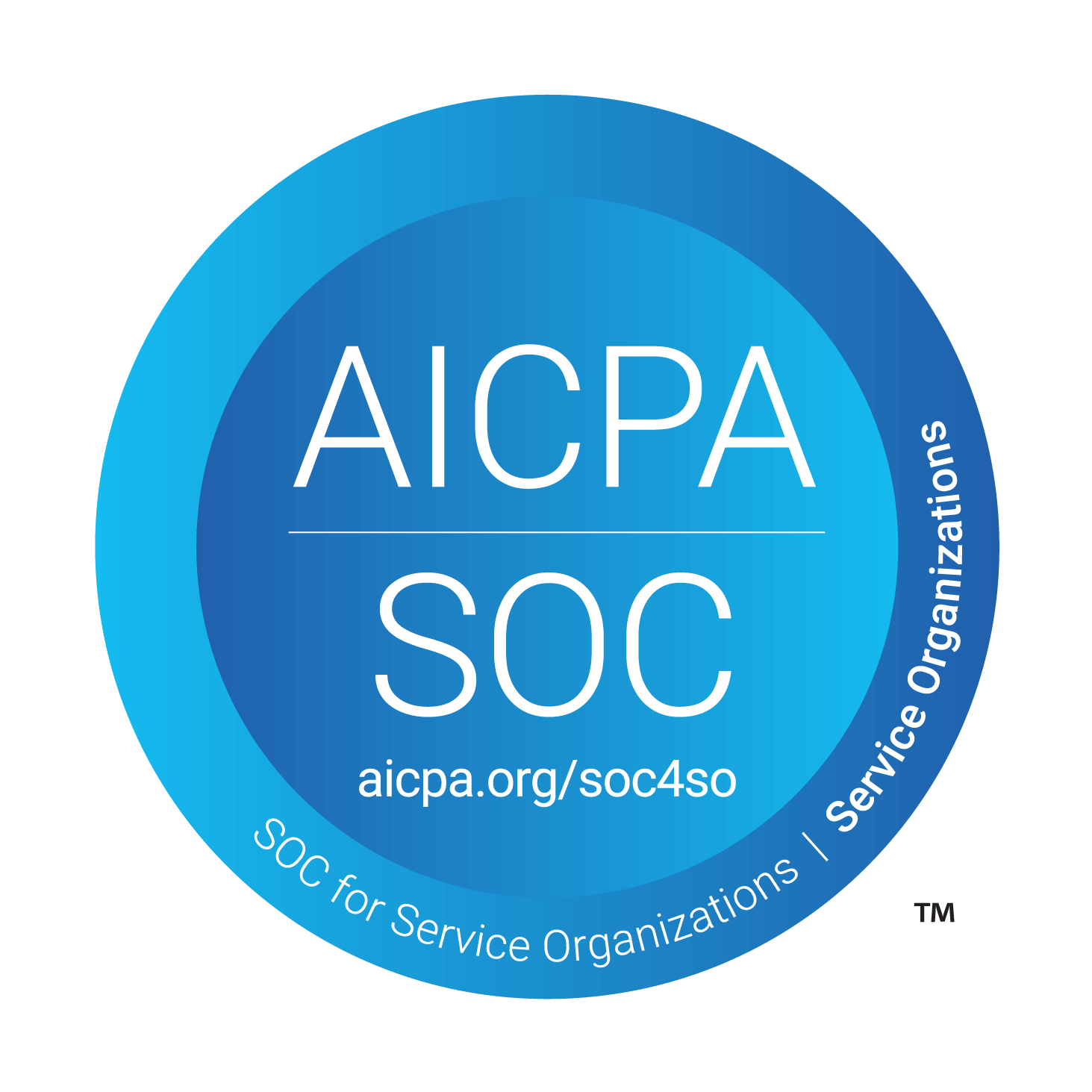Five Warning Signs It’s Time To Replace An Office Desktop or Laptop
Many businesses hold on to aging computers longer than necessary, aiming to maximize their investment. However, postponing hardware upgrades can result in increased downtime, expensive repairs, and reduced productivity. Organizations that partner with a Managed IT Services Provider gain a strategic edge by proactively planning workstation upgrades. Knowing when to replace aging hardware ensures operational efficiency, robust cybersecurity, and seamless integration with modern business applications.
According to a J. Gold Associates study cited by Intel, 43% of PCs older than five years malfunction annually. Even more alarming, using outdated systems can cost businesses up to $17,000 per employee per year in lost productivity and maintenance. As a leading provider of IT consulting in Louisville, we help businesses recognize the warning signs that indicate it’s time for an upgrade. Here are five key indicators that a desktop or laptop has reached the end of its lifecycle.
Maximize Efficiency with a Proactive Hardware Upgrade Strategy
1. The System is More Than Five Years Old
If your business computers are five years or older, it’s time to consider a replacement. Outdated systems pose security risks, as they may not support modern cybersecurity protections, such as full-disk encryption and advanced endpoint security. Additionally, older machines may struggle with compatibility issues, causing disruptions in managed networks and cloud-based applications. Businesses that rely on IT procurement services can benefit from structured hardware replacement plans to prevent these inefficiencies.
2. Frequent Noises Indicate Hardware Failure
Strange sounds—such as buzzing, clicking, or knocking—often signal imminent hardware failure. Components like hard drives, power supplies, and cooling fans wear down over time. If a system begins making unusual noises, it’s likely a sign that critical hardware is on the brink of failure. Rather than investing in costly repairs for outdated machines, businesses should prioritize replacing workstations before they suffer catastrophic data loss.
3. Power Interruptions and Unexpected Shutdowns
If your desktop or laptop frequently shuts down, restarts unexpectedly, or experiences power interruptions, it could indicate a failing power supply or motherboard. These issues can corrupt essential business files, databases, and applications. Additionally, unexpected reboots often result from software conflicts and failing operating system components, both of which are more common on outdated systems. Businesses using managed IT services can minimize disruptions by proactively upgrading to newer, more reliable workstations.
4. Insufficient Performance for Modern Applications
As software applications evolve, older computers struggle to keep up. Insufficient RAM, outdated processors, and aging operating systems can prevent businesses from running the latest applications efficiently. Many companies relying on IT consulting in Louisville find that upgrading hardware is a cost-effective way to improve workflow efficiency and employee productivity. If employees frequently experience slow response times or crashes, it’s time to invest in modern hardware through professional IT procurement services.
5. Noticeable Slowdowns in Everyday Tasks
Slow startup times, lagging applications, and long wait times for system updates are all indicators that a workstation is past its prime. While temporary fixes—such as adding more RAM or upgrading to an SSD—may extend a system’s lifespan, they are not long-term solutions. Companies that work with managed IT services providers can develop strategic upgrade plans to ensure employees always have fast, efficient, and secure workstations.
Future-Proof Your Business with Professional IT Procurement Services
Businesses should not wait for a system to fail before upgrading. At Louisville Geek, we specialize in IT procurement services and IT consulting in Louisville, ensuring organizations stay ahead of technology obsolescence by upgrading before outdated systems hinder operations. By implementing a structured hardware lifecycle strategy, businesses can reduce unexpected costs, improve security, and enhance productivity. If your company is experiencing any of these five warning signs, contact us today to discuss a customized IT procurement and hardware upgrade plan that aligns with your business goals.



